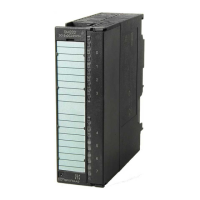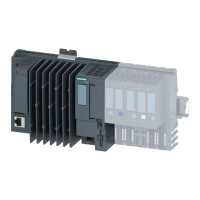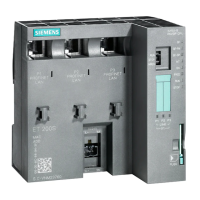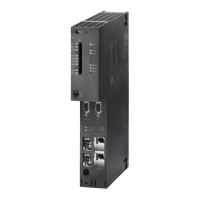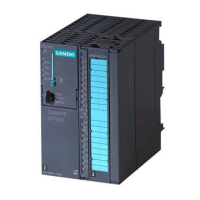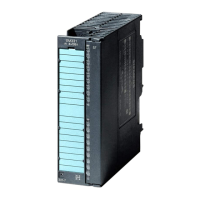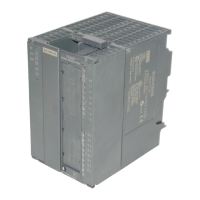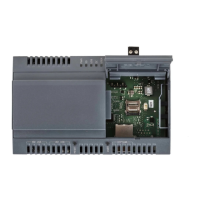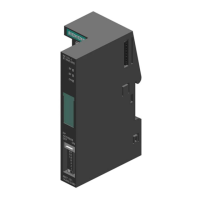Cycle and response times
7.5 Interrupt response time
3. Multiply both values by the CPU-specific extension factor of the user program processing
time (see table "CPU communication services").
4. Add the value of the interrupt-processing program sequences to the theoretical cycle
time, multiplied by the number of triggering (or expected) interrupt events within the cycle
time.
The result you obtain is approximately the
actual cycle time. Make a note of the result.
Response time
Table 7-6 Calculating the response time
Shortest response time Longest response time
- Multiply the actual cycle time by a factor of 2.
Now add I/O delay. Then, calculate the delays in the inputs and
outputs and the DP cycle times on the
PROFIBUS DP network.
The result is the shortest response time. The result is the longest response time.
7.5 7.5 Interrupt response time
7.5.1 Overview
Definition of the interrupt response time
The interrupt response time is the time that expires between the first occurrence of an
interrupt signal and the call of the first interrupt OB statement. Generally, the following is
valid: Interrupts having a higher priority take precedence. This means that the interrupt
response time is increased by the program processing time of the higher-priority interrupt
OBs and the interrupt OBs of equal priority which have not yet been executed (queued).
Process/diagnostic interrupt response times of the CPU
Table 7-7 Process/diagnostic interrupt response times
Process interrupt response times Diagnostic interrupt response
times
CPU
External
min.
External
max.
Integrated
inputs/outputs
for integrated
technology*
min. Max.
CPU 315T-2 DP 0.4 ms 0.7 ms - 0.4 ms 1.0 ms
* The integrated inputs/outputs for integrated technology do not have interrupt capability.
S7-300 CPU Data: CPU 315T-2 DP
Manual, 12/2005, A5E00427933-02
7-15

